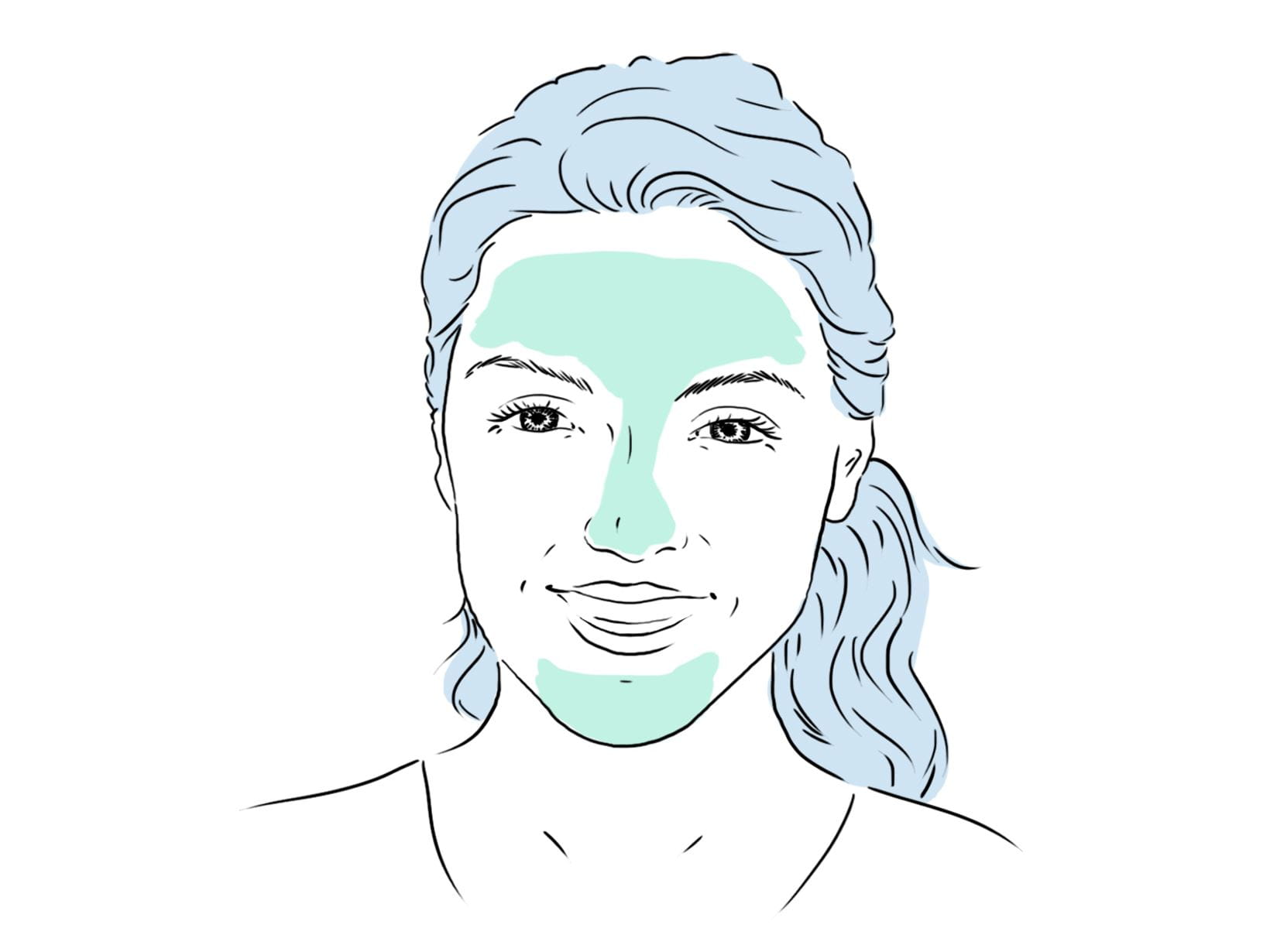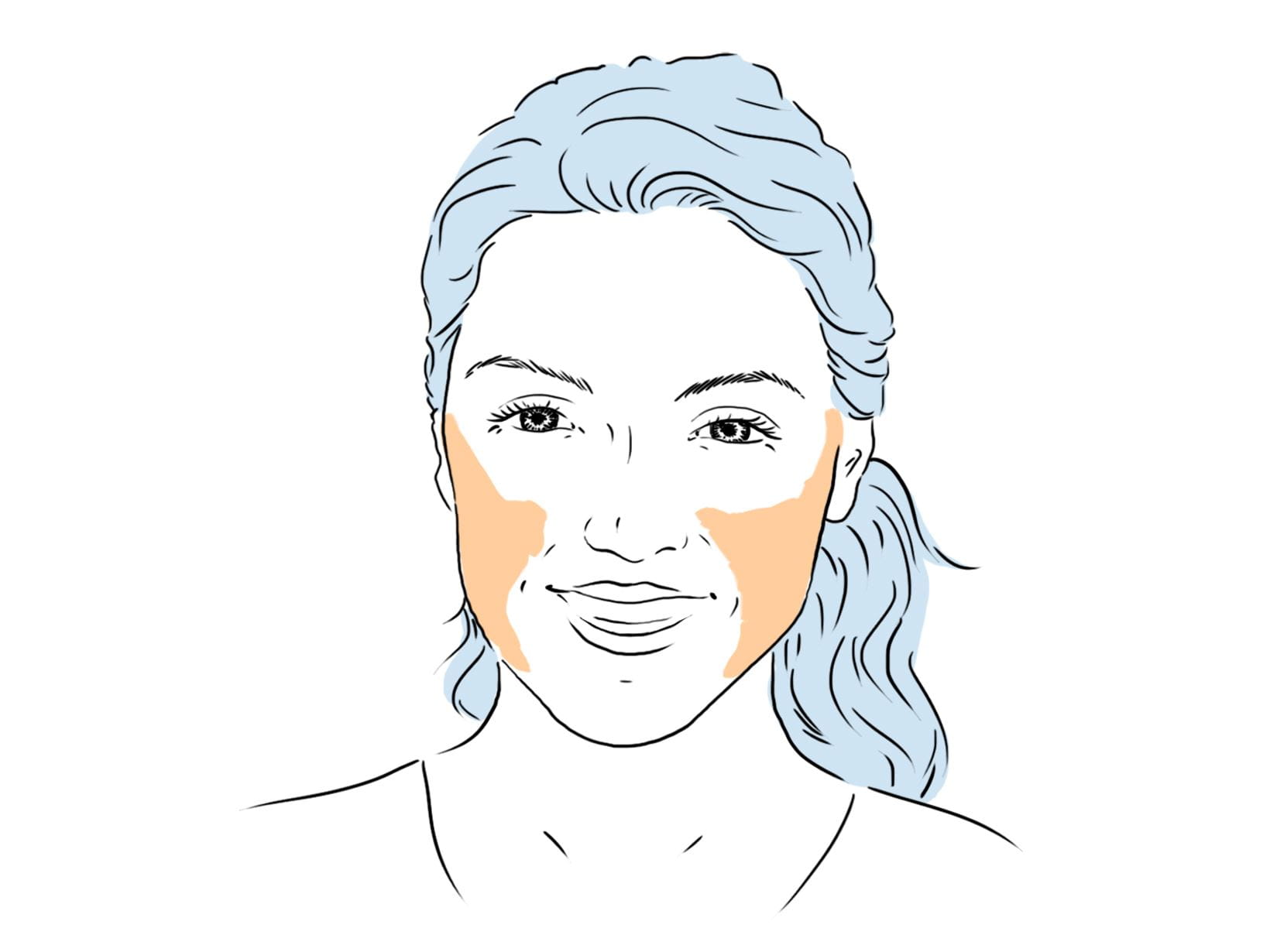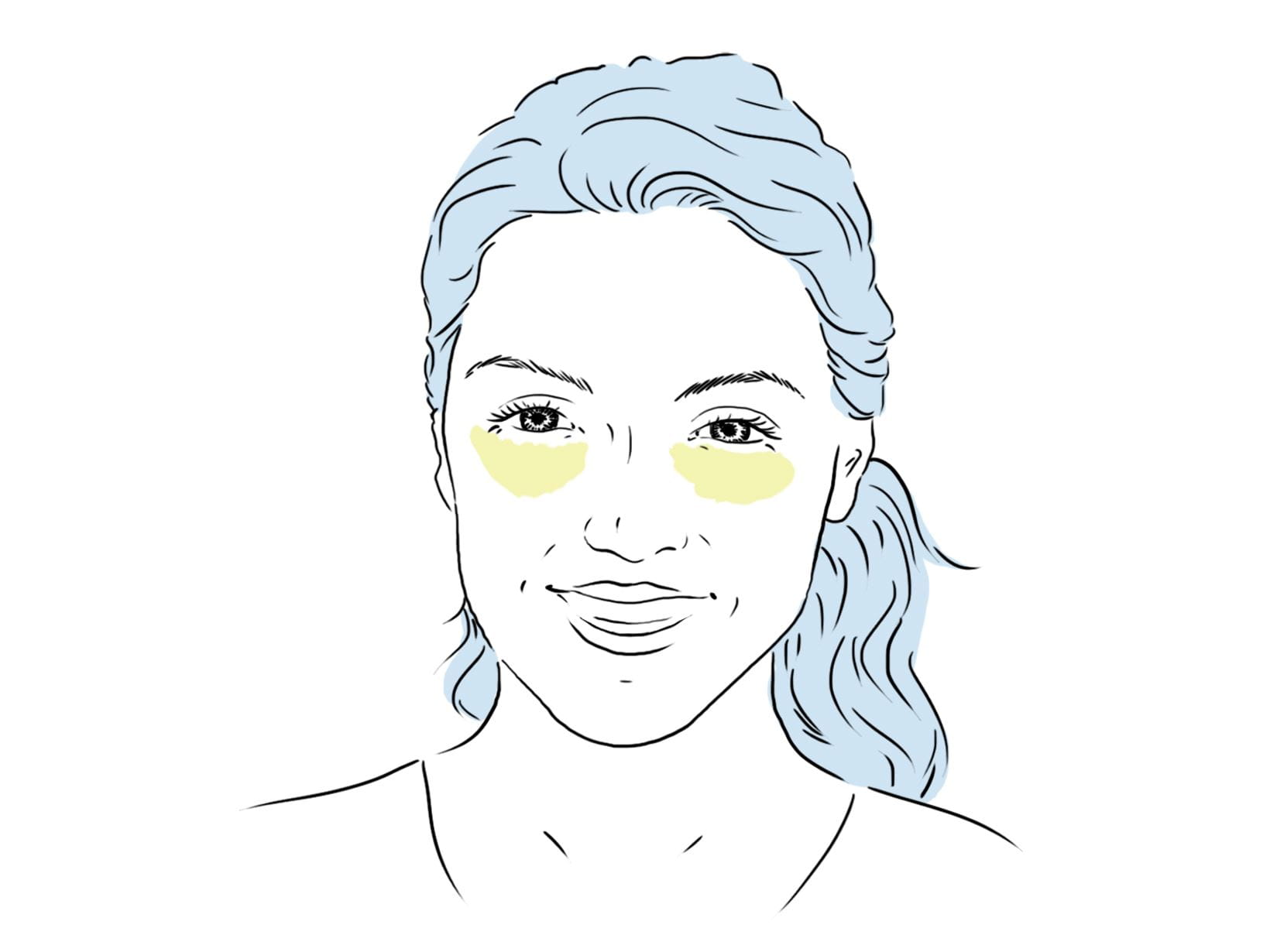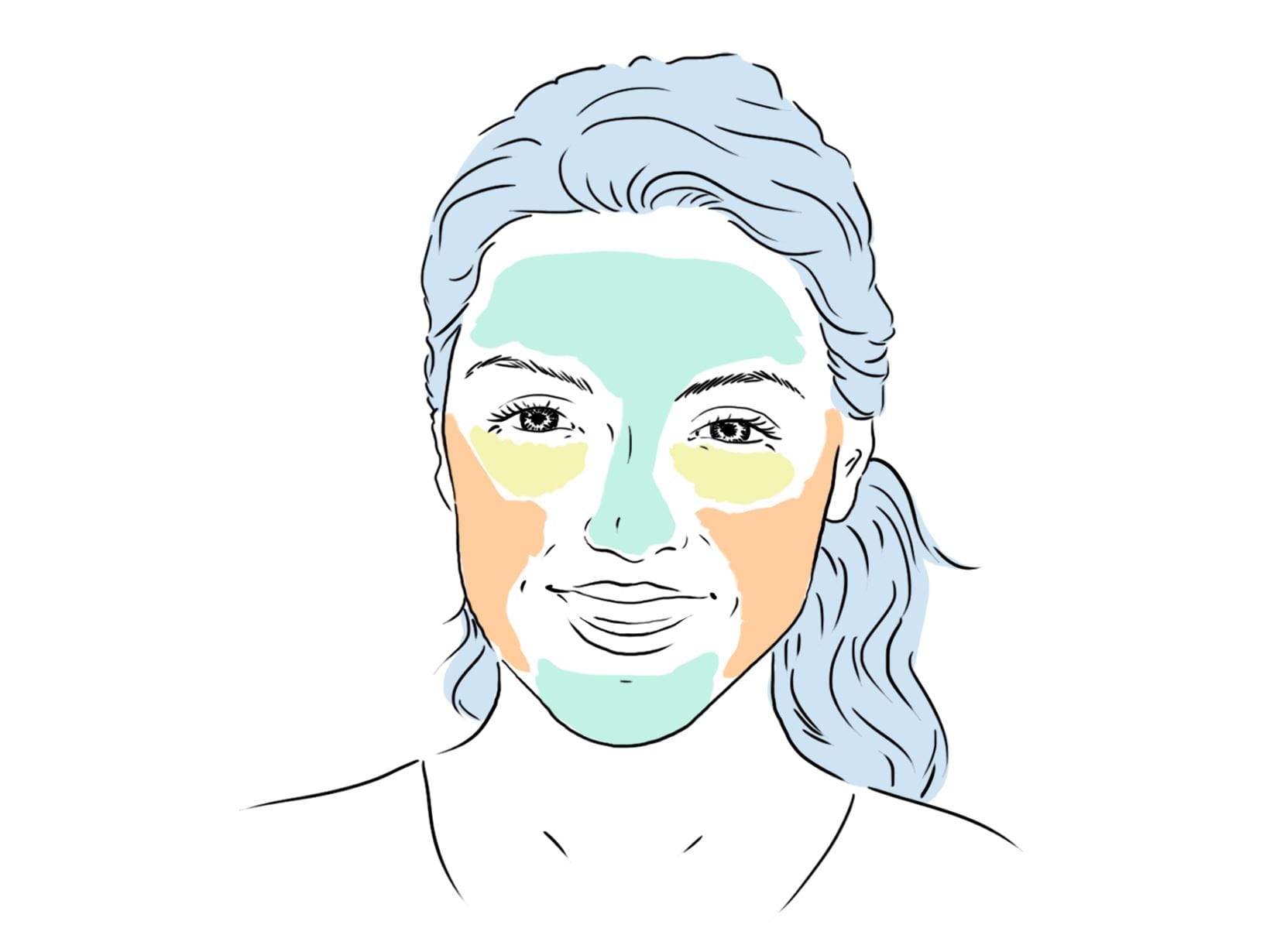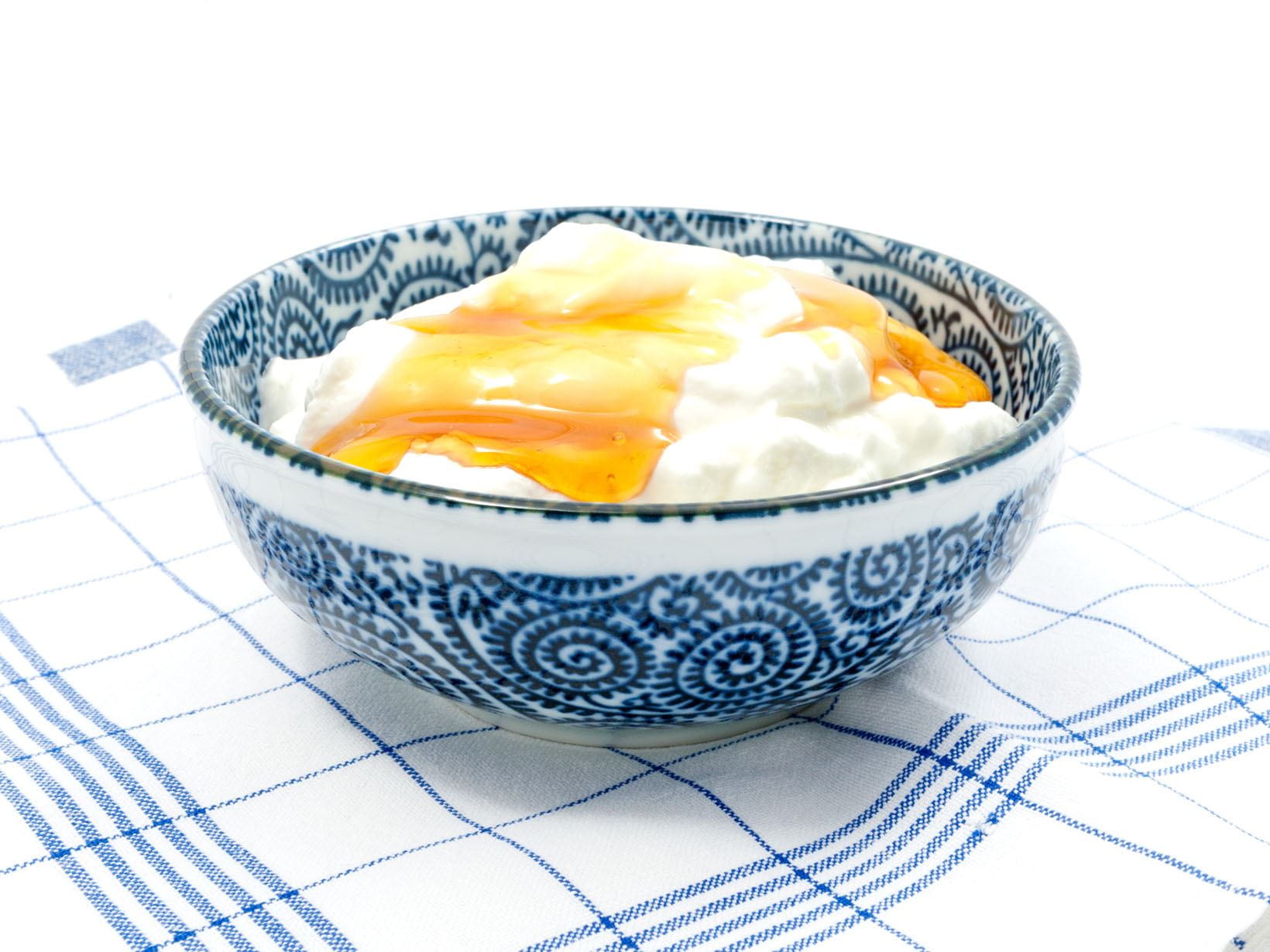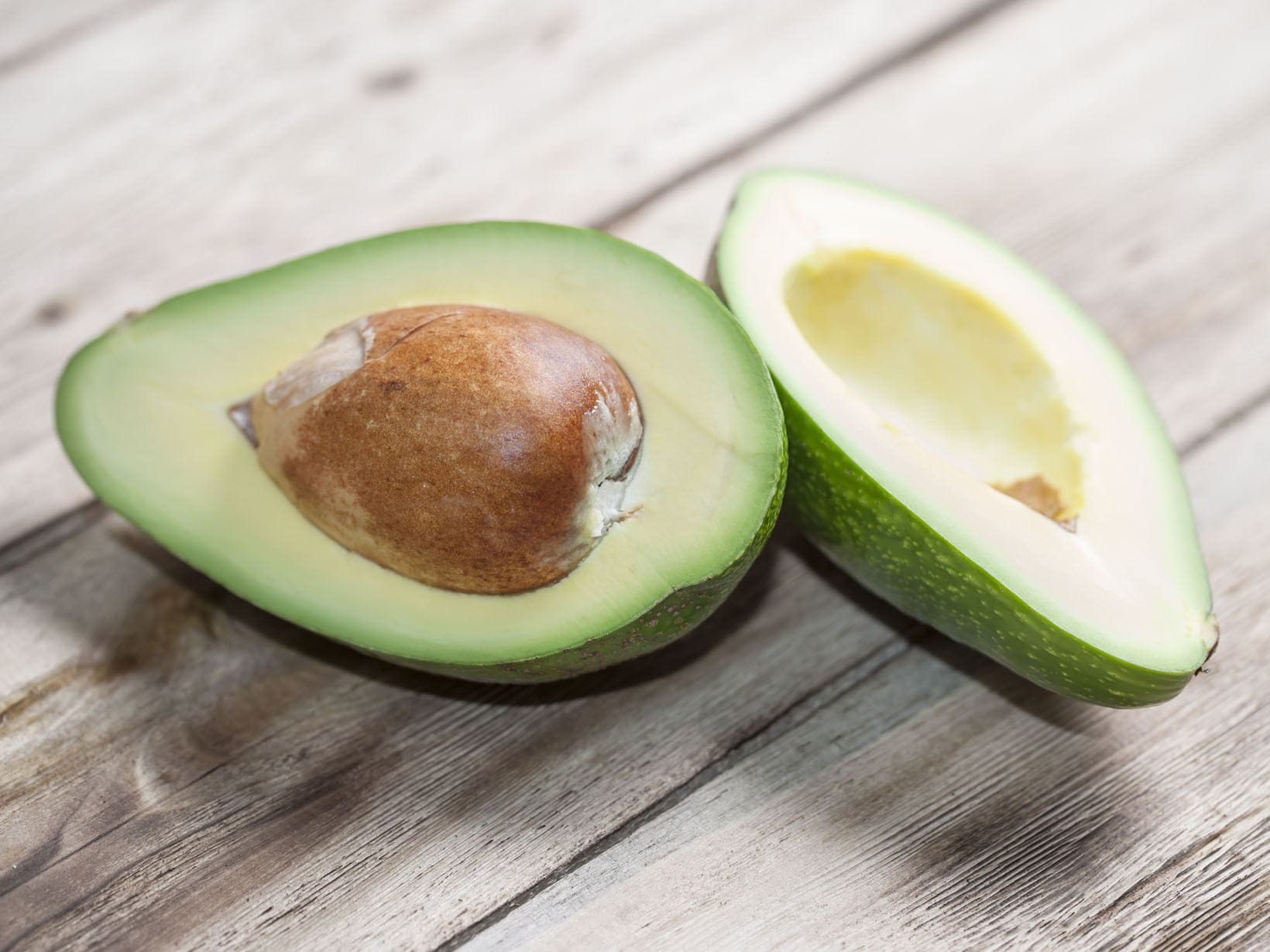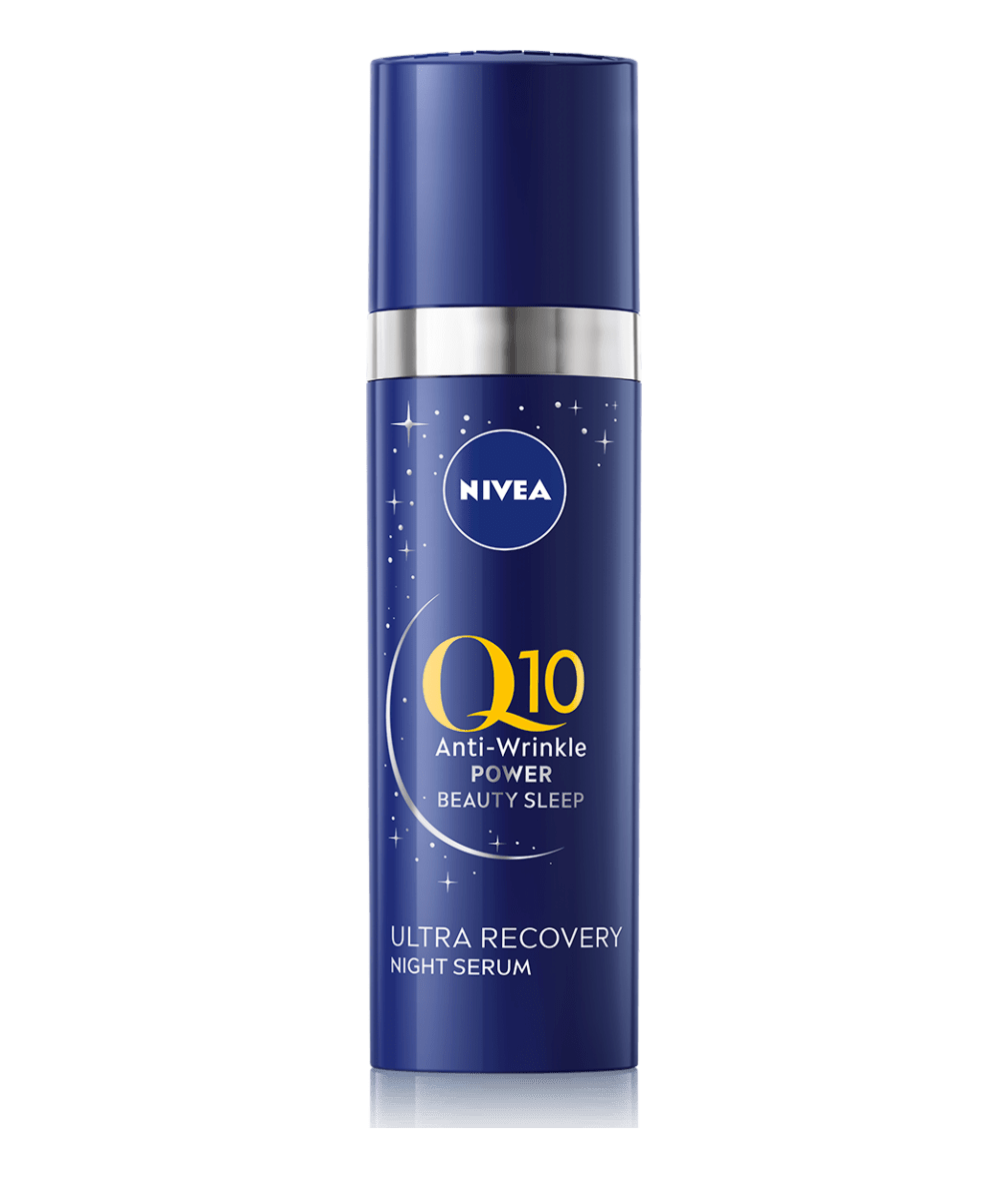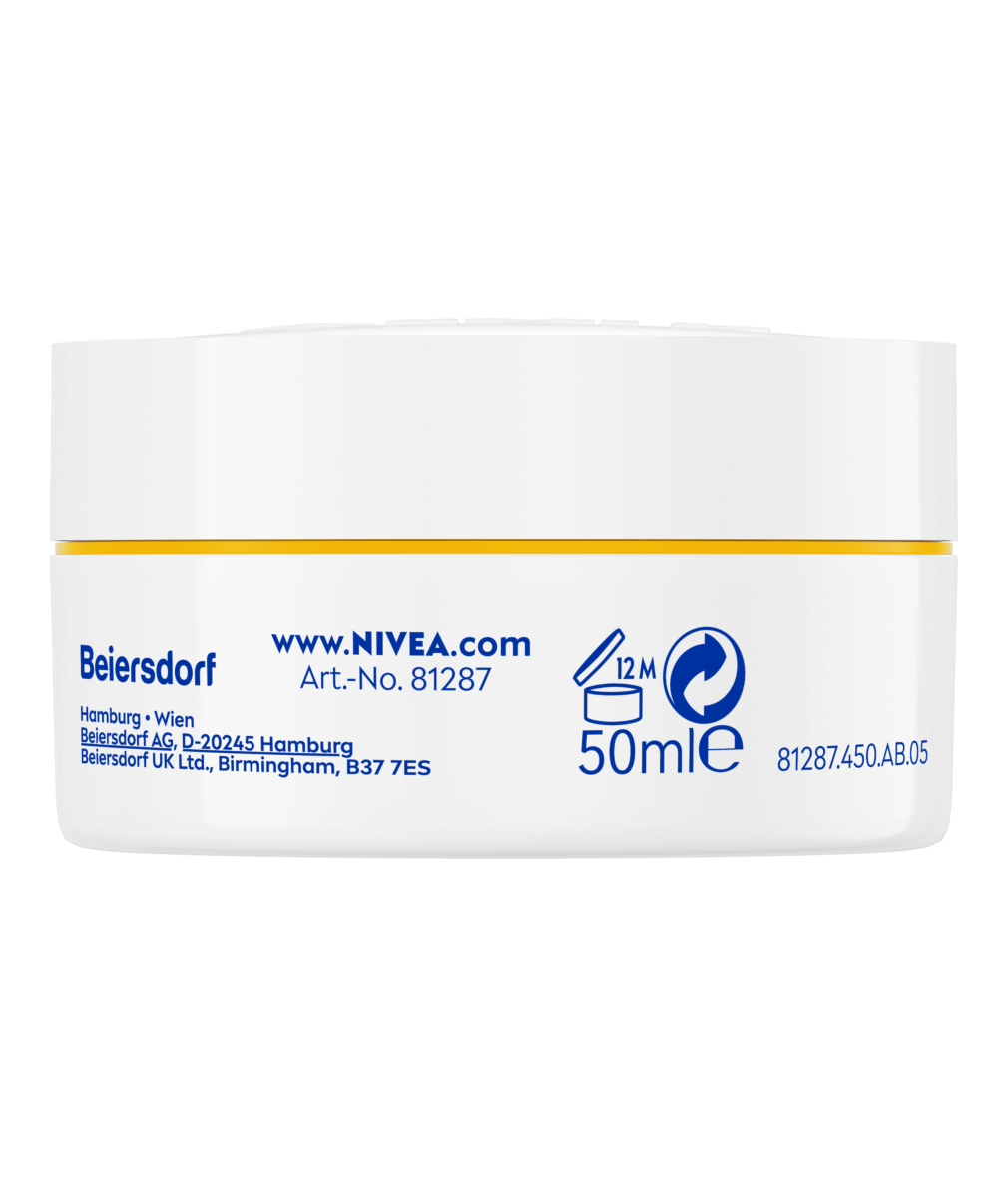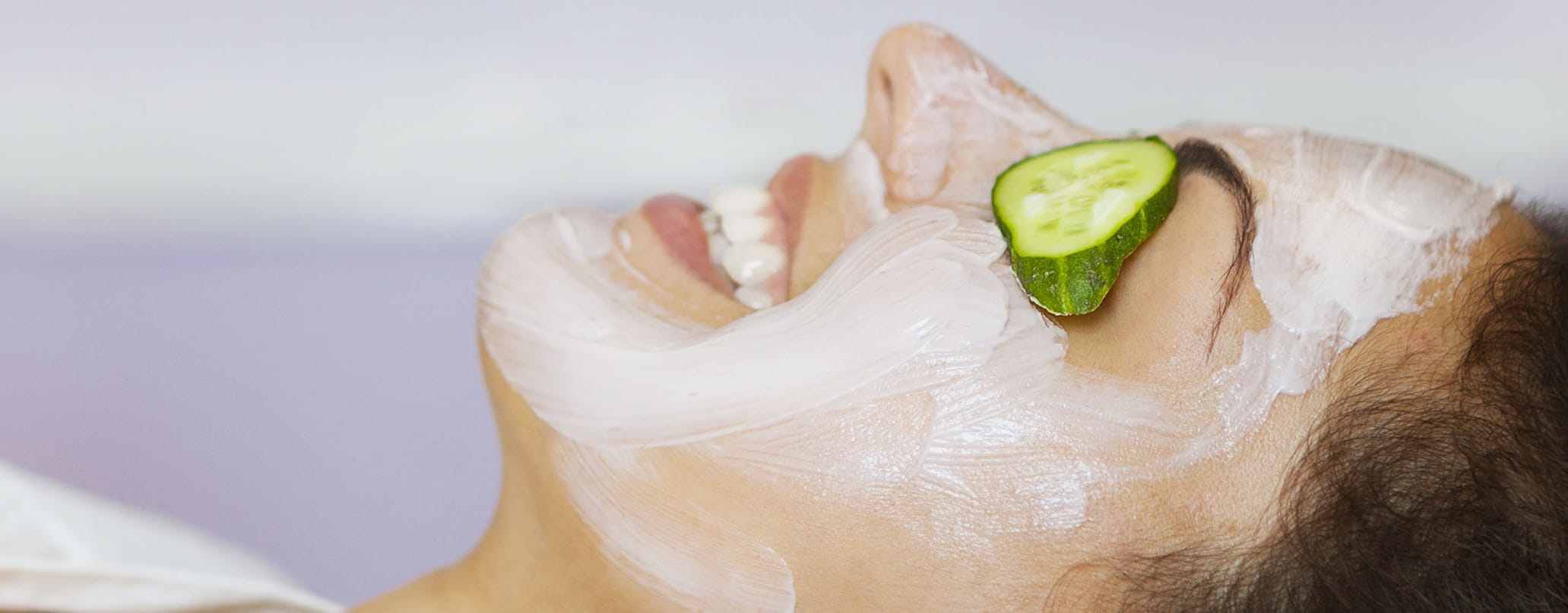
Multimasking: A Beauty Trend For A Lovely Complexion
Multimasking means applying different masks to different areas of your face. Your ‘T-zone‘ – cheeks and eye area – have different needs.
What is multimasking?
The skin on your face is not the same everywhere. It can be sometimes be drier on your cheeks, whereas the ‘T-zone‘ is often oily and shiny. The multimasking beauty trend brings balance back to your complexion. It gives each area of your face the type of care that it needs.
The right mask for every zone
The needs of the individual parts of your face are quite different. Find out where you should apply which mask to achieve clear skin, rosy cheeks and a revitalised look.
Make your own face mask: DIY recipes
If you apply these three masks using the multimasking principle, you’ll be able to meet your skin’s different needs with optimal results. The best thing about it is that you can whip them up yourself using just a few ingredients.

